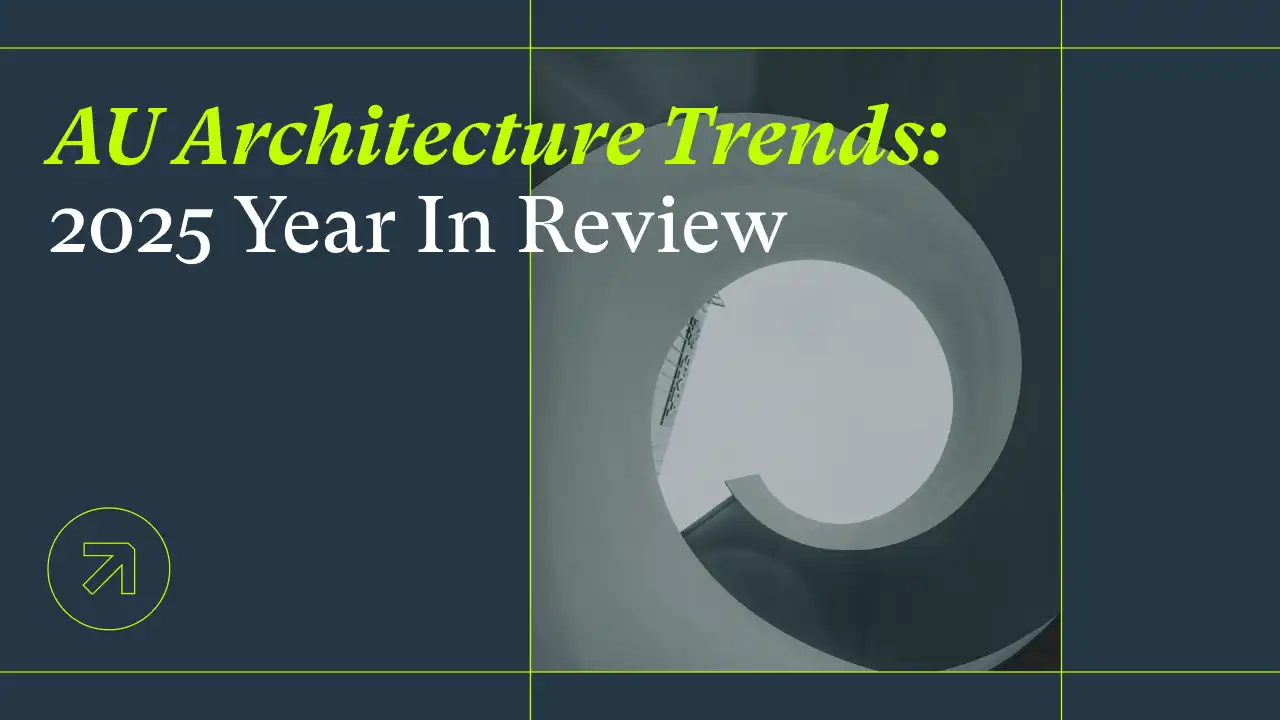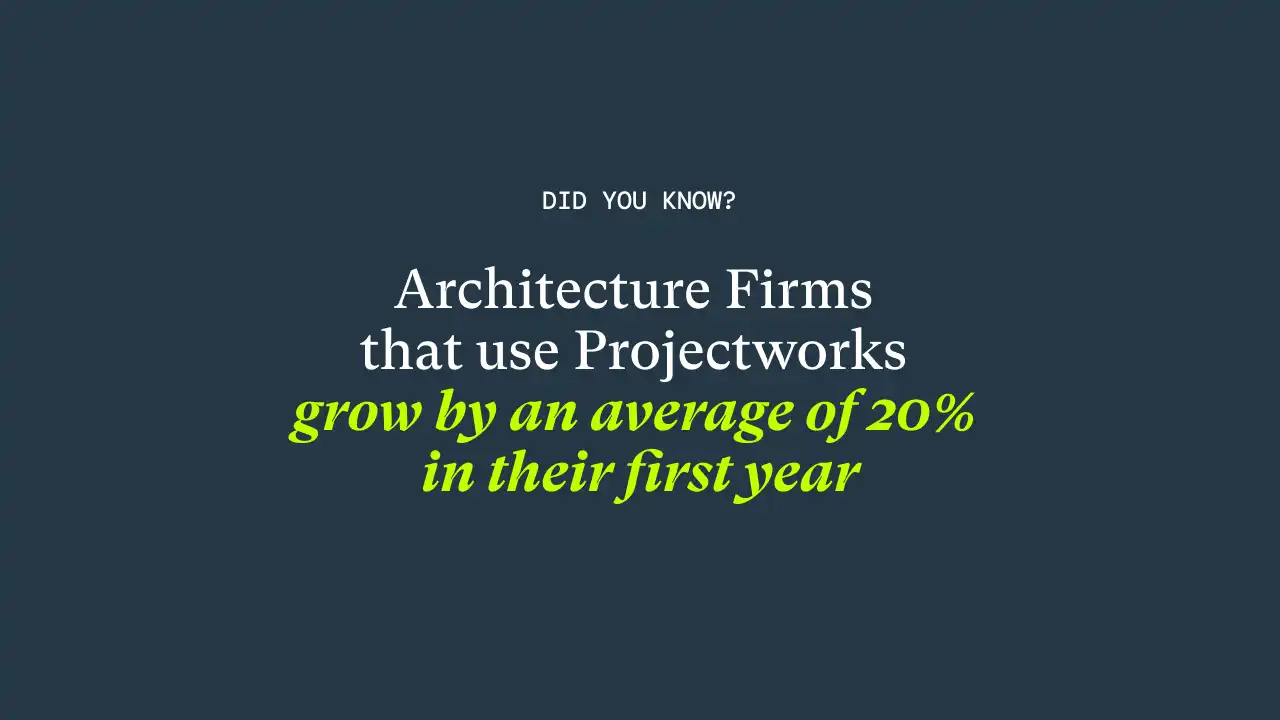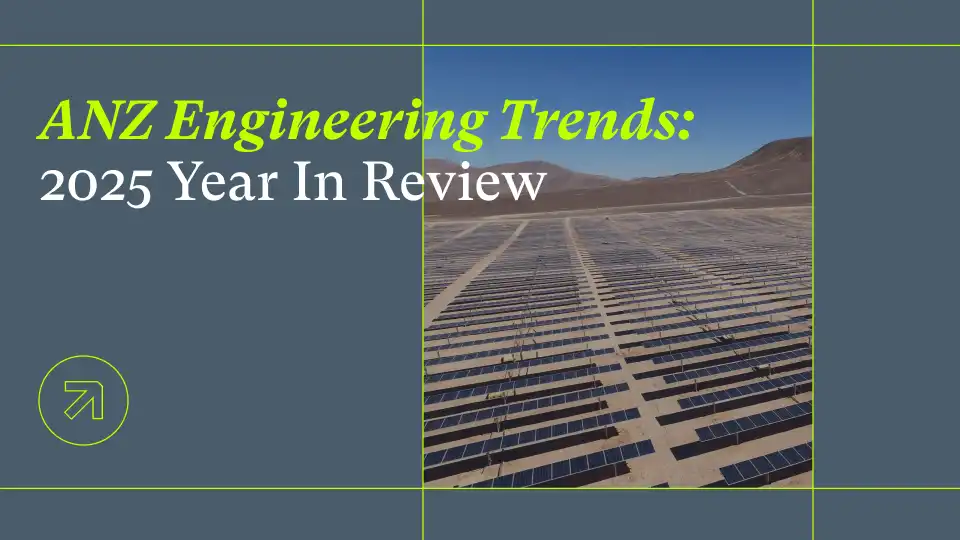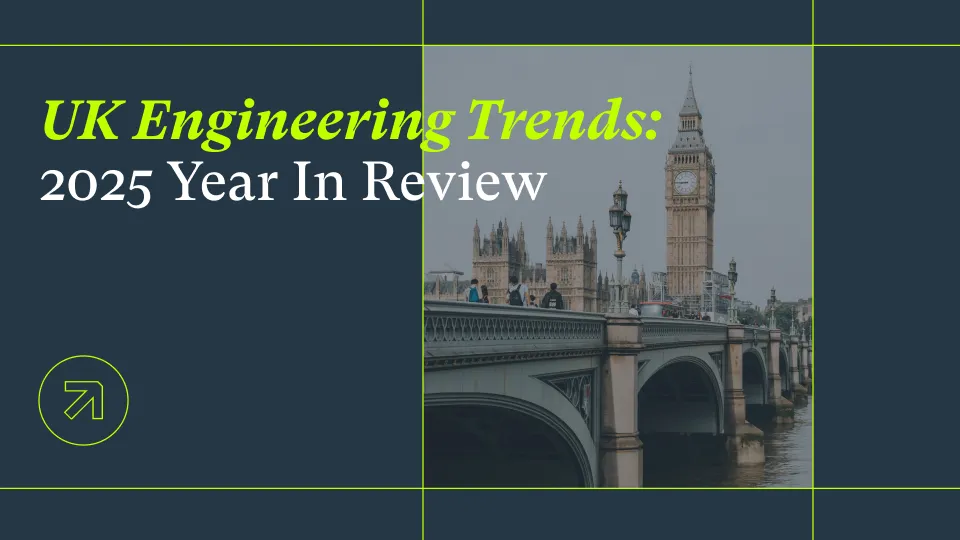2025 AU Architecture Growth Trends: A Year In Review

Across Australian Architects in 2025, the brief kept getting wider while timelines stayed tight. Clients asked for cooler streets, better shade and movement, water capture and reuse, clear Country pathways, early biodiversity checks and build-ability in view. The studios that grew recognised the pressure early, set clearer scope lines and ran a calmer delivery engine that made decisions weekly instead of monthly.
Project Delivery Pressure: Wider Briefs, Same Timelines
Architecture project requirements continued to grow throughout the year. At the first review clients wanted clear evidence of aspects like shade and thermal comfort, water strategies, walkable links to daily needs and how Country is embedded in the design. That shifted effort earlier and demanded nimble resource management. Studios that treated these items as core design tasks moved faster through approvals and avoided late rework. What made the difference was discipline in how work started and how progress was shown each week. Clean, timely data from time tracking software helped teams see budget burn in plain numbers, keep senior review time focused and arrive at reviews with evidence that matched the brief.
The Art Of Architecture Resource Management
Typical projects pulled architecture, landscape and construction planning into a single workflow. Teams set shade targets, checked energy and water early, mapped flood paths, documented a Country pathway with Traditional Owners and First Nations design partners and planned staged construction so life could carry on around sites. The most profitable studios wrote these tasks into scope with time and budget attached, then resourced them honestly.
Resourcing was the key to healthy, profitable growth. The firms that improved treated capacity as a live model thrived. When skills and seniority were visible before saying yes. It meant Architecture firm leaders were able to model scenarios by week to test knock on effects on active work if scope changed, or if a new project landed. Through the use of Architecture resource management software, firms had a transparent view of who was likely to be available and when, so people could move with less friction and fewer late nights. That discipline created room for smarter choices, steadier utilisation, better margins, and happier architecture teams.
Tight Cashflow Management Was Crucial For Navigating Change – And It Was Made Possible Through Architecture Invoicing Software
Throughout the year, different types of Architecture projects moved at different speeds. Apartments were choppy and heavy on value engineering, whereas health, education, logistics and other public or institutional work held up. Across both, clients asked for stronger documentation, clearer staging and confidence that the design still worked when materials or supply changed. Change control moved earlier and became part of weekly conversations. Studios that aligned claims to real progress, raised variations early and kept WIP visible finished months cleaner and argued less. An Architecture invoicing software flow that mirrors project progress shortened the distance from effort to cash, which mattered in a year of rising payroll and supplier costs.
Time and Expertise Were Constraints, But Architecture AI And Professional Services Automation Created Space For Design
Senior review time was the real bottleneck. When principals and project architects had space to review, quality held and margins followed. By mid year most studios stopped debating AI and PSA Software and got on with using it to save time. Meetings closed with draft minutes and actions. Conditions of consent were gathered without losing a day. Long ecology or traffic reports were summarised so options could move. were easier to keep up to date. None of this replaced authorship. It created space for it. Consistent time and expense data from a modern PSA software platform made gains stick, because resource capacity, time and costs were visible in one place. This helped to create true visibility of Architecture project health across budget, margin, and deadlines.
Architecture AI Principles That Work In Practice
- Treat AI as a delivery capacity enabler.
- Start where your teams already waste time.
- Set guardrails so sensitive information stays in paid, secure systems.
- Keep human sign-off on anything that reaches a client.
- Reward people for sharing what worked, what failed and what saved time.
- The measure is simple. If Architects get more hours for design, it is working.

Scale With A Calmer Delivery Engine In 2026, Powered By PSA Software
Clients now buy proof, not promises. The studios that will pull ahead in 2026 will keep the weekly rhythm tight, plan to the resource capacity they actually have and show evidence early. All of this is only possible when your core project and finance systems sit together as a connected ecosystem. Projectworks is a PSA software platform that connects resource management, time and expenses, project accounting and cash in one view so leaders can act sooner. If you want a calmer, more profitable delivery engine next year, we can help you make these habits stick – book a demo today.
Related Articles

US Software & IT Consulting Trends: 2025 Year In Review
In a year shaped by AI, Software Services Firms and IT Consultancies across the United States are in a widespread reinvention moment. In this guide we break down how firms are navigating the shift, and what strategies are fuelling growth for small and mid sized firms.

2025 In Review: The Trends Shaping AU & NZ Engineering Firm Growth
In 2025 for the Engineering Sector down under, pipeline was the conversation irrespective of what side of the ditch your firm sat on. In Australia the pipeline grew quickly across energy, transport, water and social infrastructure. However, turning that momentum into consistent, profitable delivery was still hard for many firms. In New Zealand the public pipeline only became visible toward the end of the year. It was a tougher run, and leaders had to think differently about growth. The firms that moved ahead in both markets built a high performance delivery engine and ran it with calm discipline, thanks to visibility of all key project and business profitability metrics.
